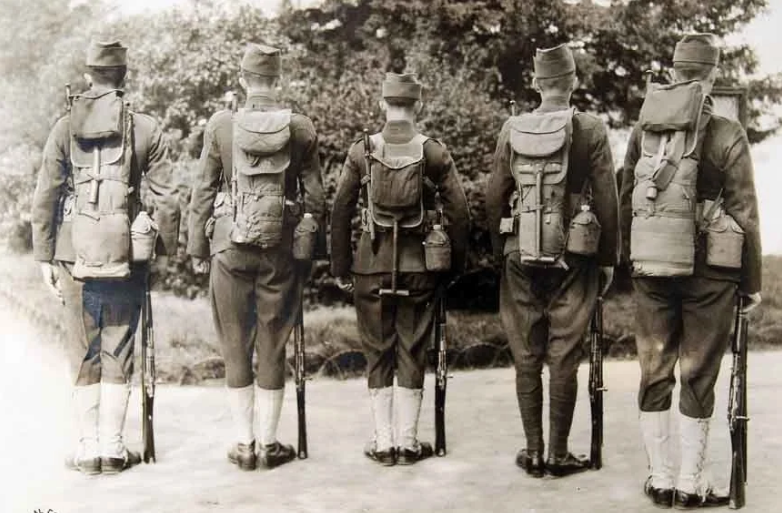Military Pouch
Backpacks are the main equipment used to carry materials on their backs, and they are essential and important equipment for soldiers. When people talk about the word "soldier", the first thing that comes to mind is the image of a soldier wearing a helmet, carrying a heavy backpack, wearing camouflage uniform and military boots, and holding a rifle on the battlefield. With the changes in war requirements and war environment, as well as the application of technologies such as material technology and ergonomics in the field of military equipment, military backpacks in different periods have their distinctive characteristics of the times.
In 1903, American Anson Mills (Anson Mills) invented a series of patents for individual soldier equipment, creating a precedent for modern American and British bearing equipment. However, the U.S. military during the First World War still retained some of the characteristics of group operations in the old era, which is reflected in the most direct manifestation of individual equipment, that is, backpack equipment is still a part of the load-bearing equipment, which is only used for soldiers to carry personal daily necessities. , does not have much tactical function.
During this period, the United States participated in the First World War, and the military backpacks distributed were mainly M-1910 combat backpacks. After the end of World War I, the M-1910 combat backpack was improved to the M-1928 combat backpack, and it was used until World War II (some units continued to use the M-1928 combat backpack until the end of World War II). The military knapsacks of this period are characterized by complex structures and single purposes.
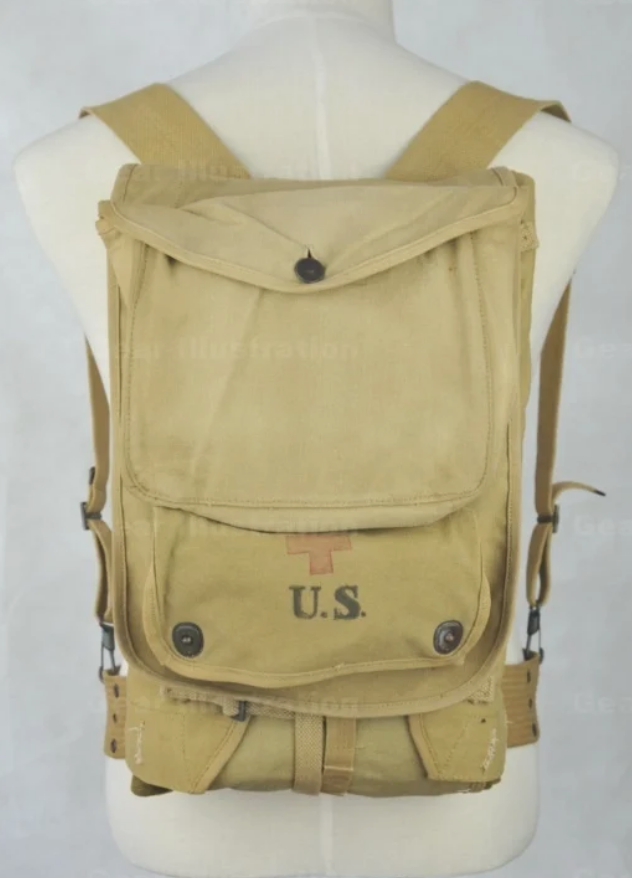
After the outbreak of World War II, the U.S. military quickly discovered a problem: the old-fashioned backpack equipment was difficult to adapt to the new war situation. Therefore, almost at the same time that the United States declared war, the research and development and design of the new backpack began.
M-1936 Backpack/Musette Bag (M-1936 Backpack/Musette Bag)
Bag, Canvas, Field, M-1936 (Army Stock Number: 74-B-53)
Strap, Carrying, Bag, Canvas, Field (Army Stock Number: 74-S-333)
In fact, long before the United States declared war, the army had noticed the shortcomings of the old-fashioned backpack. So in 1936, a new backpack was finalized and distributed, which is the M-1936 backpack/messenger bag.
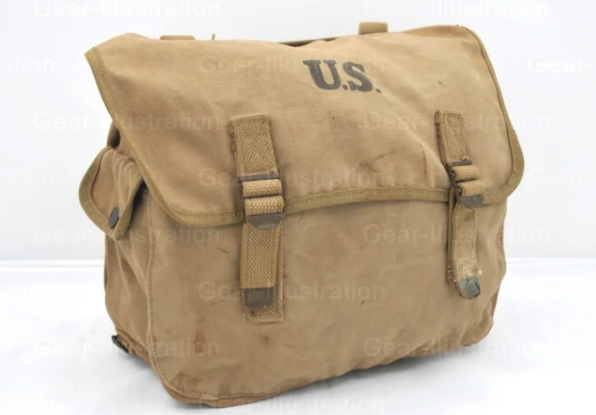
For nearly two decades after the end of World War II, the U.S. military did not install new types of backpacks, but only improved existing backpack equipment. But history is always similar. After the start of the Vietnam War, the U.S. military realized that the current individual equipment could not adapt well to the jungle combat environment in Southeast Asia, and launched a series of research and development work on individual equipment specially designed for the tropical jungle environment. A series of classic equipment was born.
The M-1956 carrier was developed by the U.S. Army for the new automatic rifles that were being selected after the Korean War armistice. If you have been reading from the first article of the series, you will find such a trend: since World War II, the capacity of backpacks issued to individual soldiers in the Army has become larger and larger. But this trend was interrupted with the M-1956. The capacity of the field bag in the M-1956 carrier is only about 5 liters, which is only enough to accommodate basic combat and living materials.
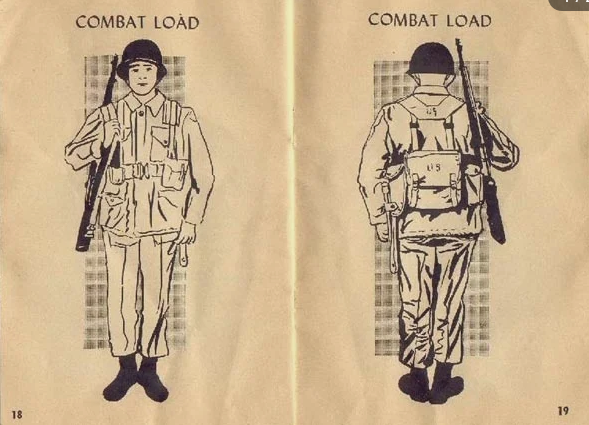
MOLLE is the abbreviation of "Modular Lightweight Load-carrying Equipment". It is a new individual equipment system equipped by the US military in 1997, including carrying vests, backpacks and various accessories. The most successful point of the MOLLE system is that it introduced the PALS (Pouch Attachment Ladder System) for mounting the accessory bag, which is the equal-spaced one-inch webbing that you often see on tactical equipment.
The design of the MOLLE main bag still adheres to the design concept of classification and carrying, which is composed of the main bag body (Main Pack), sleeping bag bag (Sleep System Carrier) and two support bags (Sustainment Pouch). There is a pocket on the front of the main compartment, which is generally used to carry M18A1 "Broadsword" mines or spare ammunition. A radio bag can also be hung inside the main compartment, which can carry a backpack radio. The antenna can protrude from the opening at the base of the cover. The capacity of the main bag body is 50 liters.
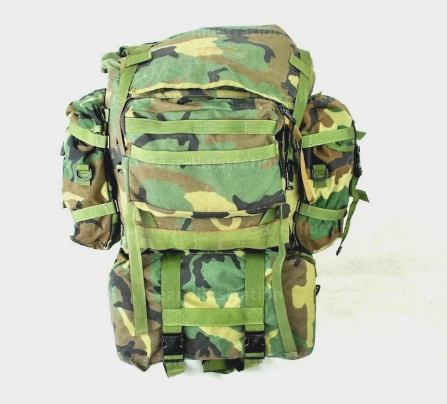
Thanks for reading
 CN
CN  US
US  DE
DE  JP
JP  RU
RU 